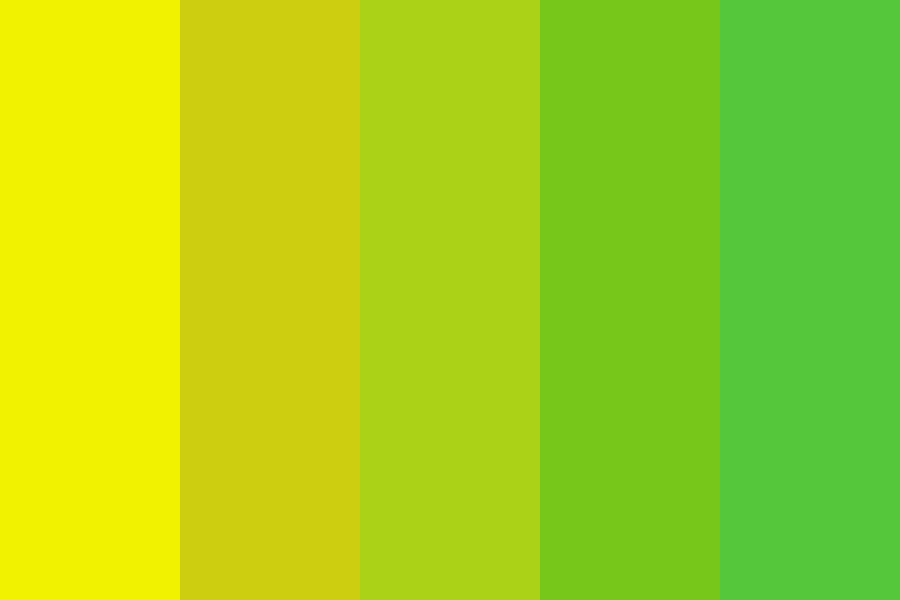
What Does Yellow-Green Mean in a Dream
Yellow-green, the vibrant hue that bridges the lush tranquility of green and the radiant vitality of yellow, holds a unique place in the spectrum of human emotion and experience. This dynamic, dual-natured color seems to embody the very essence of balance, growth, and transformation.
In this in-depth exploration, we will delve into the multifaceted nature of yellow-green, uncovering its profound effects on our neurophysiology, its rich symbolic and archetypal meanings, and its transformative applications in the realms of psychotherapy, self-development, and spiritual growth.
Our journey will begin with an examination of the latest scientific research on how exposure to yellow-green light influences brain function, emotional regulation, and physiological resilience. We will then trace the threads of yellow-green symbolism through various cultural and spiritual traditions, exploring its associations with concepts such as renewal, hope, and the integration of opposites.
Finally, we will consider how these insights can inform therapeutic practice and personal growth, offering practical guidance on incorporating yellow-green into interventions that promote balance, adaptability, and emotional well-being.
Whether you are a mental health professional seeking to expand your understanding of color psychology or an individual exploring the transformative potential of color in your own journey of self-discovery, this comprehensive guide to yellow-green will provide a wealth of knowledge, inspiration, and practical tools for harnessing the power of this exceptional hue.
The Meaning of Yellow-Green in Dreams
Yellow-green in dreams often represents new beginnings, adaptability, and the process of personal growth. This color suggests a time of transition, where the dreamer may be integrating intellectual insight with emotional wisdom. It signals the emergence of fresh ideas, curiosity, and the need for openness to change.
If yellow-green appears in a dream as bright, vibrant foliage or fresh growth, it symbolizes vitality, creative energy, and an expanding sense of possibility. It may indicate that the dreamer is entering a phase of learning or transformation, where they are being called to trust their instincts while remaining emotionally balanced.
In contrast, dull or murky yellow-green may suggest hesitation, uncertainty, or a fear of making decisions. If the color appears in water, it could indicate emotional unease or a need to clarify one’s feelings before moving forward. Yellow-green in clothing or objects may reflect a need for confidence in self-expression, particularly in areas of personal or professional development.
In Jungian analysis, yellow-green can be connected to the Trickster archetype, which challenges old ways of thinking and encourages curiosity, adaptability, and playfulness. It may also symbolize the Fool’s Journey, a stage of openness to new experiences before deeper wisdom is attained.
Overall, yellow-green in dreams serves as a sign of transition, urging the dreamer to embrace change, trust their intuition, and move forward with both confidence and flexibility.
Somatic Associations with Yellow-Green
Yellow-green exists at the meeting point of mental clarity (yellow) and emotional balance (green), creating a somatic experience that is both energizing and stabilizing. This color is often felt in the solar plexus and chest, bridging the gut (associated with willpower and decision-making) and the heart (connected to emotional connection and regulation). It has a stimulating yet grounding effect, supporting the nervous system’s ability to transition between states of focus, alertness, and relaxation.
In somatic therapy, yellow-green represents movement toward greater confidence and a willingness to engage with new experiences. When imbalanced, yellow-green can indicate restlessness, nervous energy, or indecisiveness. It may reflect a sense of being caught between action and hesitation, particularly when fear of change is present. In trauma healing, this color can symbolize the transition between being stuck in survival patterns and finding the confidence to move forward. It encourages a sense of trust in both the body’s instincts and its capacity for renewal.
The Neuroscience of Yellow-Green Light
To understand the psychological impact of yellow-green, it is essential to first examine how this color influences the brain and body at a physiological level. Recent advancements in neuroscience and color psychology have shed new light on the complex ways in which different wavelengths of light can modulate neural activity, neurochemistry, and autonomic function.
Research has shown that exposure to yellow-green light stimulates a distributed network of brain regions involved in emotional regulation, cognitive control, and physiological homeostasis (Vandewalle et al., 2010). One of the key areas activated by yellow-green light is the anterior cingulate cortex (ACC), a neural hub that plays a critical role in monitoring and resolving emotional conflicts, integrating cognitive and affective processes, and modulating autonomic responses to stress (Stevens et al., 2011).
Enhancing Emotional Regulation and Cognitive Control
Functional magnetic resonance imaging (fMRI) and qEEG studies have revealed that yellow-green light significantly increases activity in the rostral and dorsal subdivisions of the ACC, which are involved in the top-down regulation of limbic and autonomic functions (Etkin et al., 2011). This enhanced ACC activation is thought to facilitate the integration of emotional and cognitive processes, enabling individuals to respond more adaptively to challenges and stressors.
The ACC’s role in emotional regulation is closely tied to its connections with other key regions, such as the prefrontal cortex, amygdala, and hypothalamus. By modulating the balance of activity between these areas, yellow-green light may help individuals maintain emotional equilibrium, even in the face of difficult or conflicting experiences.
This has important implications for mental health, as dysregulation of the ACC and its associated networks has been implicated in various affective disorders, such as depression, anxiety, and post-traumatic stress disorder (PTSD) (Stevens et al., 2011). By enhancing the efficiency and flexibility of these regulatory systems, yellow-green light may offer a valuable tool for promoting emotional resilience and well-being.
Modulating Stress Responses and Promoting Physiological Balance
In addition to its effects on emotional regulation, yellow-green light has been shown to influence the body’s stress response systems, particularly the hypothalamic-pituitary-adrenal (HPA) axis. The HPA axis is a complex neuroendocrine network that plays a central role in mobilizing energy resources and coordinating physiological responses to perceived threats or challenges (Ulrich-Lai & Herman, 2009).
Research has demonstrated that exposure to yellow-green light can modulate HPA axis activity, reducing the production of stress hormones such as cortisol (Küller et al., 2006). This stress-reducing effect may be mediated by the influence of yellow-green light on the suprachiasmatic nucleus (SCN) of the hypothalamus, which serves as the body’s master circadian clock and regulates the diurnal rhythm of cortisol secretion (Vandewalle et al., 2007).
By promoting a more balanced and adaptive stress response, yellow-green light may help mitigate the detrimental effects of chronic stress on physical and mental health. This has relevance for a wide range of stress-related conditions, such as hypertension, cardiovascular disease, metabolic disorders, and burnout syndrome (Schneiderman et al., 2005).
Enhancing Neuroplasticity and Cognitive Flexibility
At the level of neural oscillations, yellow-green light has been found to increase alpha wave activity in posterior brain regions, particularly in the parieto-occipital cortex (Kawasaki & Yamaguchi, 2012). Alpha waves are typically associated with states of relaxed alertness, open awareness, and creative problem-solving (Fink & Benedek, 2014).
This suggests that yellow-green light may promote a state of enhanced cognitive flexibility and adaptability, facilitating the ability to switch between different modes of thinking and perspective-taking. Such flexibility is crucial for navigating complex, ambiguous, or rapidly changing situations, where the ability to adjust one’s mental models and strategies is essential for success and well-being (Kashdan & Rottenberg, 2010).
Moreover, the increase in alpha wave activity induced by yellow-green light may also have implications for neuroplasticity and learning. Studies have shown that alpha oscillations play a key role in gating and coordinating the flow of information between distant brain regions, supporting the integration of top-down and bottom-up processing (Klimesch, 2012). By optimizing these integrative dynamics, yellow-green light may enhance the brain’s capacity for adaptive learning and growth.
The Symbolism and Archetypes of Yellow-Green
Beyond its neurophysiological effects, yellow-green carries a rich tapestry of symbolic and archetypal meanings that speak to its transformative potential. Across cultures and throughout history, this liminal hue has been associated with themes of growth, renewal, hope, and the integration of opposites.
The Emergence of New Life and the Promise of Growth
In nature, yellow-green is the color of new leaves and shoots emerging in spring, heralding the renewal of life after the dormancy of winter. This association with the miracle of regeneration and the promise of future abundance has made yellow-green a powerful symbol of hope, optimism, and the indomitable resilience of the life force.
In many mythological and religious traditions, yellow-green is linked to divine figures associated with fertility, growth, and the cyclical rhythms of nature. For example, in ancient Egyptian mythology, the god Osiris, who was murdered and dismembered by his brother Set, was often depicted with green skin, symbolizing his role as the lord of vegetation and the embodiment of the regenerative power of the earth (Pinch, 2004).
Similarly, in Celtic mythology, the Green Man, a foliate head sprouting leaves and vines, represented the spirit of the forest and the eternal cycle of death and rebirth (Anderson, 1990). This archetypal figure, which later became incorporated into Christian iconography, speaks to the enduring human fascination with the mysteries of growth and the persistence of life in the face of adversity.
For individuals struggling with experiences of loss, stagnation, or despair, connecting with the yellow-green energy of emergence and growth can be a powerful source of hope and resilience. By cultivating a relationship with the regenerative forces of nature, whether through gardening, nature-based rituals, or guided imagery, individuals can tap into a deep well of psychological and spiritual resources for transformation and renewal.
The Alchemy of Opposites and the Path of Individuation
As a color that arises from the blending of two primary hues, yellow-green embodies the alchemical process of integrating opposites and transcending dualities. In color theory, yellow and green are often seen as complementary colors, with yellow representing the warm, active, and expansive qualities of light, and green representing the cool, receptive, and contractive qualities of life (Itten, 1961).
The union of these polarities in yellow-green suggests a higher synthesis, a dynamic equilibrium that balances and harmonizes the opposing forces within the psyche. This theme of integration is central to the Jungian concept of individuation, the lifelong process of becoming a whole, authentic, and fully-realized individual (Jung, 1921/1976).
In Jungian psychology, the Self, the archetypal core of the psyche, is often represented by the mandala, a circular symbol that integrates the four cardinal colors: red, blue, yellow, and green (Jung, 1929/1968). The presence of yellow-green in this quaternity suggests its role as a mediating and unifying force, bridging the gaps between conscious and unconscious, masculine and feminine, spirit and matter.
For individuals engaged in the hard work of self-discovery and personal growth, yellow-green can serve as a powerful symbol of the transformative potential inherent in the reconciliation of opposites. By learning to hold and navigate the tensions between seemingly contradictory aspects of oneself, such as strength and vulnerability, independence and intimacy, or creativity and discipline, one can gradually forge a more integrated and authentic sense of self.
The Healing Power of Nature and the Ecological Self
In many traditional and indigenous cultures, yellow-green is associated with the healing power of plants and the interconnectedness of all life. Herbal medicine, which relies heavily on the vital properties of green leaves and yellow flowers, has been used for millennia to treat a wide range of physical, emotional, and spiritual ailments (Hatfield, 2004).
This recognition of the therapeutic potential of the vegetal world is rooted in a deep understanding of the reciprocal relationship between human health and the health of the environment. In many animistic and shamanic traditions, the natural world is seen as a living, sentient being, imbued with spirit and intelligence, and humans are considered an integral part of this greater web of life (Abram, 1996).
The yellow-green of the plant kingdom thus becomes a symbol of the interconnectedness and interdependence of all beings, reminding us of our embeddedness in the larger ecosystem and our responsibility to live in harmony with the earth. This ecological perspective is increasingly recognized as crucial for both individual and collective well-being, as the health of the planet and the health of the human psyche are intimately intertwined (Roszak, 1992).
By cultivating a sense of connection and attunement to the yellow-green world of nature, individuals can tap into a deep source of healing, resilience, and belonging. Practices such as forest bathing, horticultural therapy, or nature-based mindfulness can help individuals rediscover their ecological self and find a sense of grounding, nourishment, and purpose in their relationship with the living earth (Buzzell & Chalquist, 2009).
Therapeutic Applications of Yellow-Green
The insights gleaned from the neuroscience and symbolism of yellow-green have important implications for therapeutic practice and personal growth. By intentionally working with this color in various contexts and modalities, therapists and individuals can harness its transformative potential to promote balance, resilience, and holistic well-being.
Balancing Emotions and Enhancing Resilience
Given its effects on emotional regulation and stress responses, yellow-green can be a valuable tool for helping individuals navigate the challenges of mental health and psychosocial adaptation. Incorporating yellow-green elements into the therapeutic environment, such as through the use of color-tinted lighting, artwork, or décor, may help create an atmosphere conducive to emotional balance and resilience.
In addition, therapists can guide clients through visualization and imagery exercises that evoke the soothing and harmonizing qualities of yellow-green. For example, clients may be invited to imagine themselves immersed in a lush, yellow-green forest, absorbing the healing energy of the trees and the earth, or to visualize a yellow-green light filling their body, bringing a sense of calm, clarity, and inner strength.
Such interventions can be particularly useful for individuals struggling with anxiety, depression, or trauma-related disorders, as they can help regulate the autonomic nervous system, reduce stress reactivity, and promote a sense of safety and groundedness (Schwartz & Flowers, 2006).
Cultivating Mindfulness and Present-Moment Awareness
The association of yellow-green with the natural world and the cycle of growth and renewal makes it a powerful anchor for cultivating mindfulness and present-moment awareness. By attuning to the yellow-green hues of the environment, whether in nature or in the therapy room, individuals can learn to slow down, tune into their senses, and develop a deeper appreciation for the richness and beauty of the unfolding moment.
Therapists can incorporate yellow-green elements into mindfulness-based interventions, such as guided meditations that focus on the breath, the body, or the sensory details of a yellow-green plant or landscape. Such practices can help individuals develop a greater capacity for non-judgmental awareness, self-compassion, and acceptance, which are essential for mental health and well-being (Kabat-Zinn, 2005).
Moreover, the increased alpha wave activity associated with yellow-green light may further enhance the benefits of mindfulness practice, promoting a state of relaxed alertness and open awareness that is conducive to insight, creativity, and personal growth (Tang et al., 2015).
Fostering Personal Growth and Self-Discovery
The symbolism of yellow-green as a color of transformation, integration, and individuation makes it a valuable ally in the journey of personal growth and self-discovery. By working with yellow-green themes and images in psychotherapy, individuals can explore the ways in which they navigate the challenges of growth, change, and the reconciliation of opposites within themselves.
For example, therapists may invite clients to reflect on the yellow-green qualities of resilience, adaptability, and hope in their own lives, and to identify areas where they feel stuck, stagnant, or out of balance. Through creative expression, such as art therapy, writing, or role-playing, clients can explore new possibilities for integrating and harmonizing the different aspects of their psyche, and for finding a sense of meaning and purpose in their lives (Malchiodi, 2003).
In addition, the ecological symbolism of yellow-green can be used to help individuals explore their relationship with the natural world and to cultivate a sense of interconnectedness and environmental stewardship. Nature-based interventions, such as eco-therapy or wilderness therapy, can be particularly powerful in this regard, as they provide opportunities for individuals to immerse themselves in the healing presence of the yellow-green world and to rediscover their place within the web of life (Buzzell & Chalquist, 2009).
Yellow-green emerges as a color of remarkable depth, complexity, and transformative potential. From its neurophysiological effects on emotional regulation and stress resilience to its symbolic associations with growth, integration, and ecological harmony, yellow-green offers a rich tapestry of insights and applications for the fields of psychology, psychotherapy, and personal development.
By intentionally working with the energies and archetypes of yellow-green, therapists and individuals can tap into a powerful resource for promoting balance, adaptability, and holistic well-being. Whether through the use of color-tinted environments, guided imagery, mindfulness practices, or nature-based interventions, the integration of yellow-green into therapeutic practice can help individuals navigate the challenges of growth and change with greater resilience, clarity, and self-awareness.
Ultimately, the transformative potential of yellow-green lies in its ability to bridge and harmonize the seemingly disparate aspects of human experience – the inner and the outer, the personal and the collective, the psychological and the ecological. By attuning to the wisdom and intelligence of this liminal hue, we can learn to embrace the dynamic, ever-unfolding dance of life, and to find our own unique path toward wholeness, purpose, and connection.
As we continue to explore the frontiers of color psychology and its applications in therapy and personal growth, let us keep the lessons of yellow-green close to our hearts. May we cultivate the resilience and adaptability to weather the storms of change, the courage and curiosity to explore the uncharted territories of our own psyche, and the compassion and humility to recognize our deep interdependence with all living beings.
In the end, the journey of yellow-green is the journey of life itself – a journey of growth, transformation, and the eternal cycle of death and rebirth. By embracing the challenges and opportunities of this journey with an open heart and a curious mind, we can learn to live more fully, love more deeply, and contribute more meaningfully to the greater web of existence.
Color Psychology
Psychology of Red-Orange
Psychology of Orange


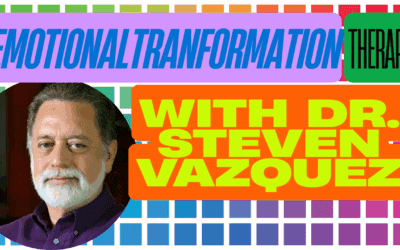


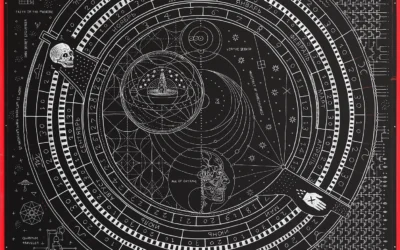

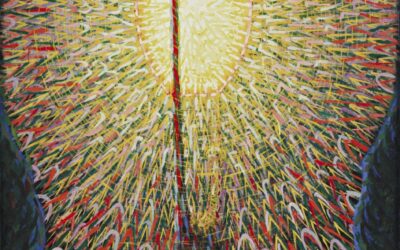

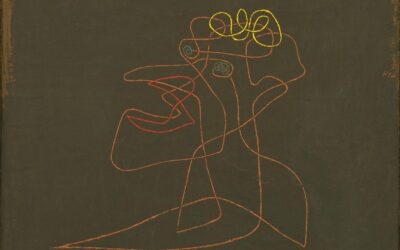
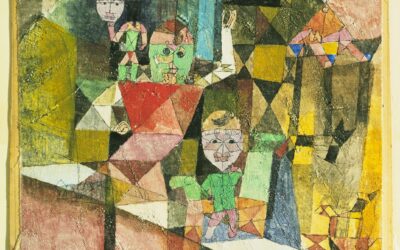

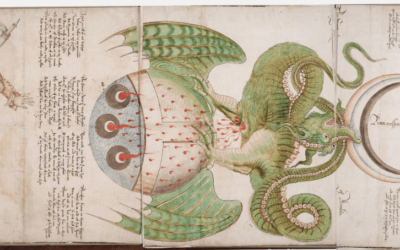
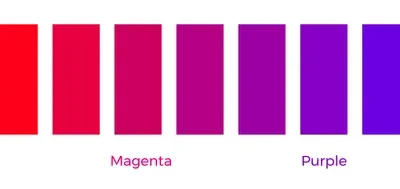
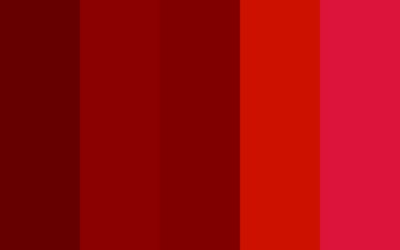
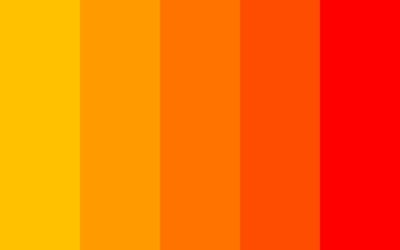
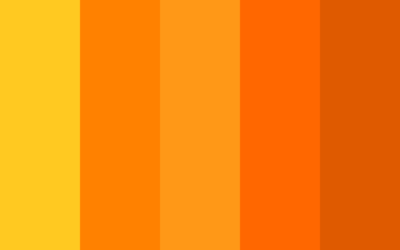
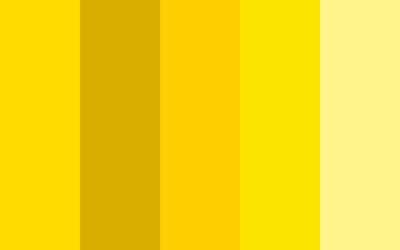



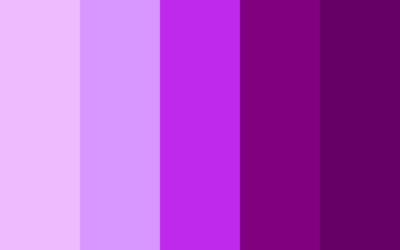
0 Comments